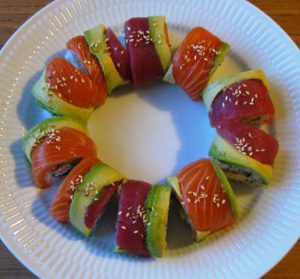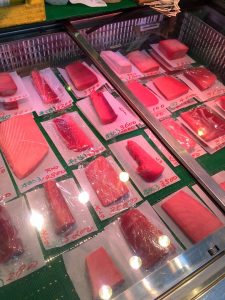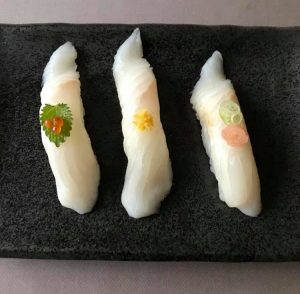 The Japanese rice wine sake has more dimensions than classic wines as we know it in Europe. Sake wines have a nice and a more silky smooth texture. Sake is not “heavy” that you can sometimes experience with wine.
The Japanese rice wine sake has more dimensions than classic wines as we know it in Europe. Sake wines have a nice and a more silky smooth texture. Sake is not “heavy” that you can sometimes experience with wine.
The variety of aromas is greater in your wines. Some sake wines have a depth that you do not find in wines and other sake types smash your tongue.
And yes in some countries you can get sake with bubbles which is Japan’s interpretation of champagne.
_
Zoë has lectured and held sushi courses for A. P. Moller – Maersk, Hugo Boss Nordic, Novo Nordisk, Novartis, Velux, Gorrissen Federspiel, Beierholm revision, Elbek & Vejrup and many more.








